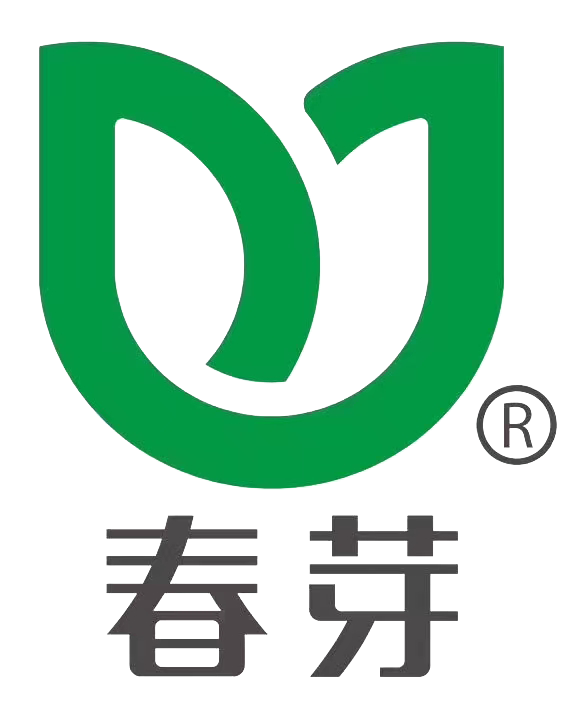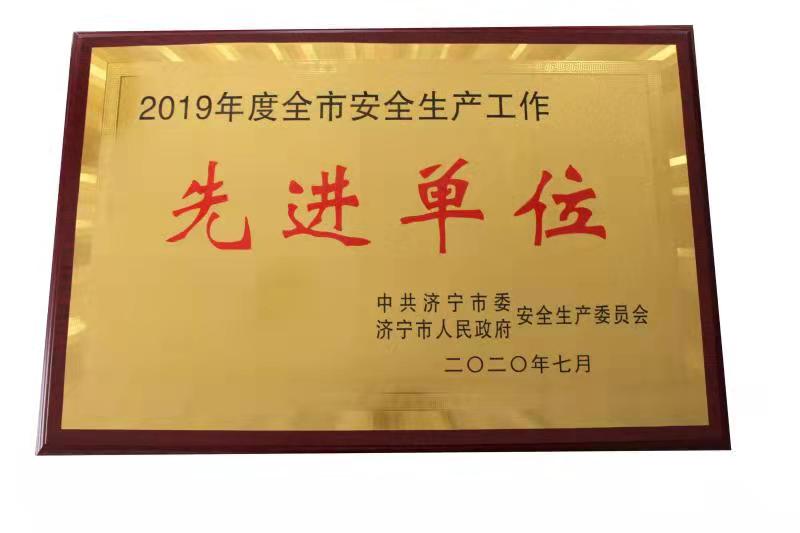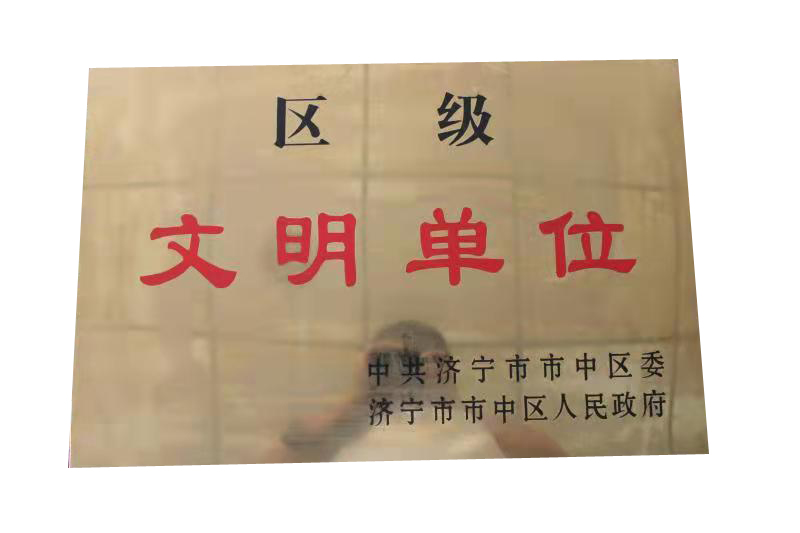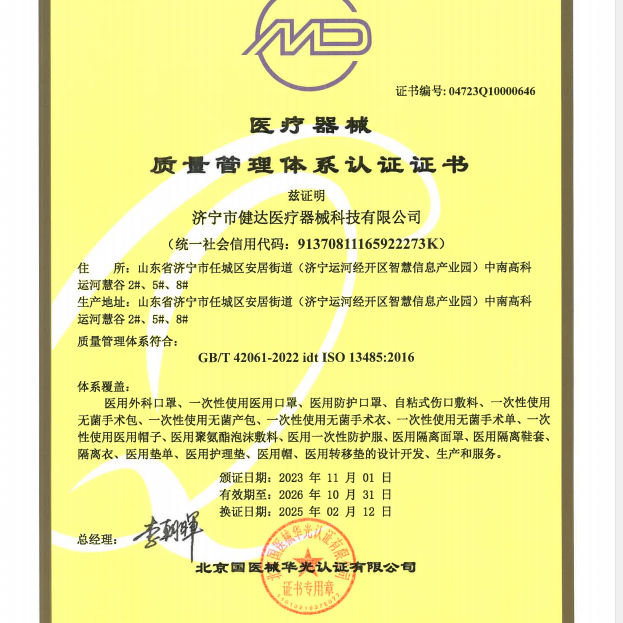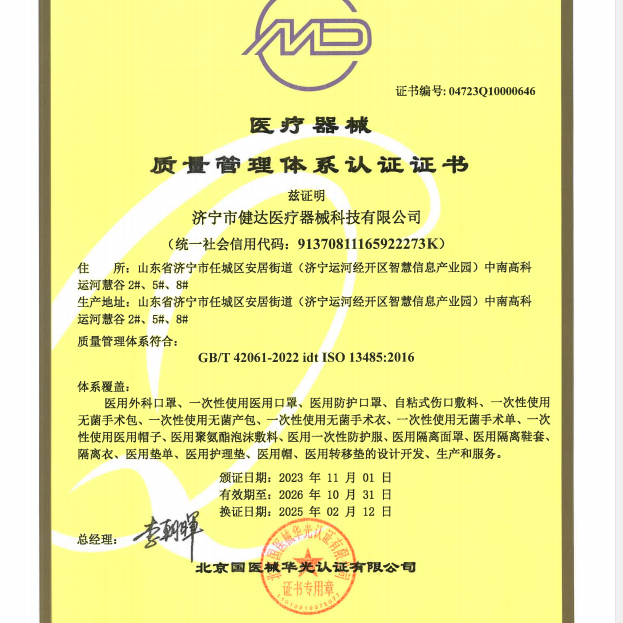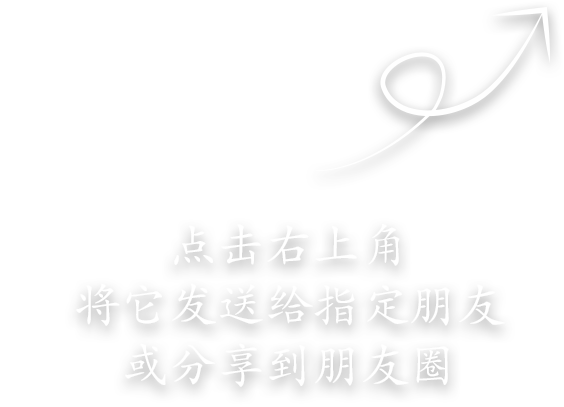Medical Network, March 15th - UBS Research believes that the reform of medical insurance and drug pricing systems will be the main theme from 2016 to 2017, which will lead to a slowdown in the growth rate of the pharmaceutical industry and a long-term decrease in gross profit margins.
Due to the government's intensive release of healthcare reform policies, 2016-2017 is known as the Year of Healthcare Administration. Industry summary shows that healthcare reform policies mainly focus on healthcare insurance and pricing systems, which will have a profound impact on the pharmaceutical industry.
On March 13th, UBS held a special study on this, and the conclusion was that controlling medical insurance fees will lead to a slowdown in the growth rate of the pharmaceutical industry; The reform of drug prices will lead to a long-term decline in the industry's gross profit margin.
However, this profound impact has not yet been apparent. In 2016, the revenue of China's pharmaceutical industry was 2.8 trillion yuan, a year-on-year increase of 9.7%; The profit was 300.2 billion yuan, a year-on-year increase of 13.9%.
"The starting point of this reform is structural adjustment, not a significant increase in investment in the past, but rather a benefit for some people, a neutrality for some people, and a possibility of harm for others." Zhao Bing, an analyst in the pharmaceutical industry at UBS Securities, believes that "the pharmaceutical industry will not experience an annual growth rate of 20-30% compared to when healthcare reform first began, but is now in a downward trend."
Cost control leads to a slowdown in industry growth rate
The emergence of medical insurance fee control began after 2010, and from 2011, some regions such as Shanghai have shifted from open source to cost saving. In 2013, the medical insurance fund experienced a situation where the income growth rate was lower than the expenditure growth rate, facing a narrowing of the balance and even "inability to receive and cover expenses.". By 2015, the revenue and expenditure growth rates of the medical insurance fund had decreased to 15.55% and 14.48%, respectively. At the same time, bidding price reductions and medical insurance fee control have become the industry norm.
"Medical insurance fee control will lead to a slowdown in revenue growth in the pharmaceutical industry." Zhao Bing explained that since 2009, the main achievement of medical reform has been the government's increase in expenditure, driving the growth of the pharmaceutical industry, and establishing comprehensive coverage and affordable medical expenses.
The new contradiction lies in the continued investment pressure on the pharmaceutical industry after the decline in GDP growth rate. Zhao Bing believes that "in the situation where the growth rate of medical insurance expenditure is higher than the financing growth rate, in order to maintain the balance of medical insurance fund income and expenditure, cost control will become the core of medical insurance reform in the long term. Currently, the pharmaceutical industry and medical insurance reform are essentially controlling the growth of medical expenses through demand side structural adjustments."
"From 2011 to 2015, the pharmaceutical industry achieved a compound annual growth rate of 15% in revenue. However, we expect the revenue growth rate of the pharmaceutical industry to slow down to 10% in the next three years," Zhao Bing added.
In addition, the dividend brought by the increase in the number of drugs in the new version of the medical insurance catalogue is not as big as expected. On February 23, the Ministry of Human Resources and Social Security issued the Catalogue of Drugs for National Basic Medical Insurance, Industrial Injury Insurance and Maternity Insurance (2017 Edition). Western medicine and traditional Chinese patent medicines and simple preparations have a total of 2535 drugs, 339 more than the 2009 version, an increase of about 15%.
"But under the constraints of medical insurance payment prices, most varieties will not experience the surge in volume after the implementation of the 2009 version of the catalog." Liu Qian, founder of Unicorn Studio, told 21st Century Business Herald reporters, "The expansion of the new catalog implies that structural adjustments and cost control measures will continue to be implemented, and the biggest beneficiaries of the medical insurance catalog are patients rather than pharmaceutical companies."
Drug price reform leads to long-term decline in gross profit
On January 6th, Li Bin, Director of the National Health and Family Planning Commission, stated at the National Health and Family Planning Work Conference that all drug surcharges will be cancelled in 2017. Wang Hesheng, Director of the State Council Medical Reform Office, reiterated this policy at a press conference on March 11th.
Wang Hesheng said, "This means that public medical institutions in China will completely bid farewell to the era of 'supplementing medicine with medicine'. Before the reform, public hospitals used three subsidy channels: service fees, drug markup income, and government subsidies. After the reform, we abolished drug markup and replaced it with two channels: service fees and government subsidies."
The above reforms will directly affect drug prices, and in addition, the reform of bidding and medical insurance payment systems will also have a huge impact on drug prices.
According to UBS research report analysis, hospitals and medical insurance departments will be more involved in the drug pricing process; The medical insurance payment price will replace the bidding price; There will be more adjustments to the bidding price before hospital procurement.
The consequence of the decline in drug prices is a decrease in the gross profit margin of the pharmaceutical industry. Zhao Bing said, "The purpose of drug price reform is to form a pricing system that ensures affordable drug prices and takes into account the enthusiasm of pharmaceutical companies. Currently, drug pricing is increasingly presenting a binary pricing system, where prices are jointly determined by bidding and medical insurance payments."
According to the above report, the lowest price of drugs was generally seen in 2015 and 2016, which means that the bidding prices have shown a significant downward trend in recent rounds. The gross profit margin of the Chinese pharmaceutical industry for the first three five-year periods was 35% (1999-2003), 31% (2004-2009), and 29% (2010-2015), respectively. The overall gross profit margin is showing a downward trend, mainly due to the increase in labor and production costs, as well as the further decline in drug prices. UBS expects that the downward trend in gross profit margin will continue in the next 5-year period.
Recently, there has been a heated discussion about the medical insurance payment settlement price limit in Fujian and other places, which will have a great impact on the original drug manufacturers. "This is not necessarily a bad thing. Many of the original drugs used in China are expired, and only the expired original drugs will have such concerns and concerns." Zhao Bing told the 21st Century Economic News reporter, "The high price occupies a large proportion of medical insurance funds, usually in the field of major diseases such as diabetes and hypertension. But in fact, there are already very good generic drugs on the market in China. Why do we need to set a higher price for the expired original drugs?"
